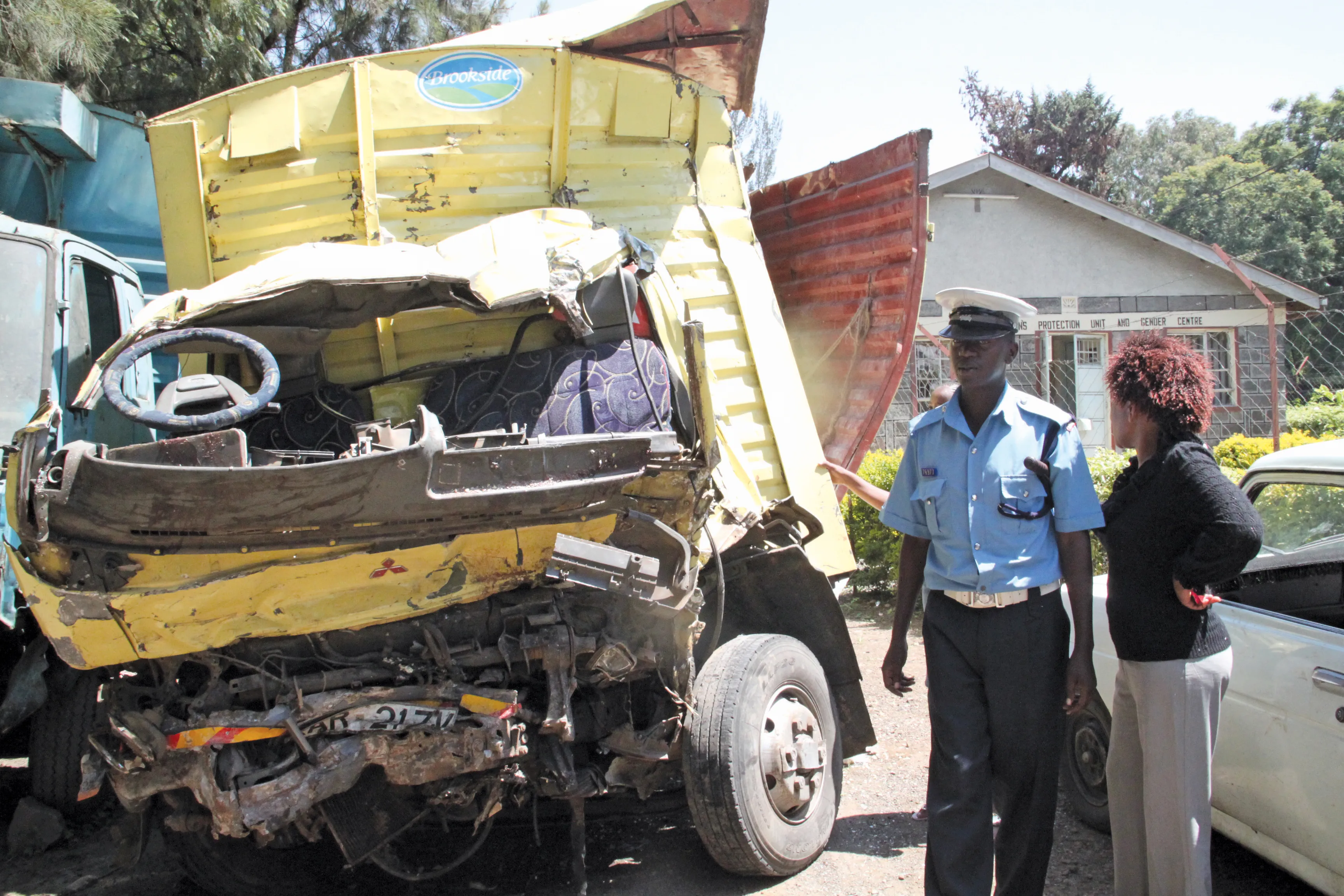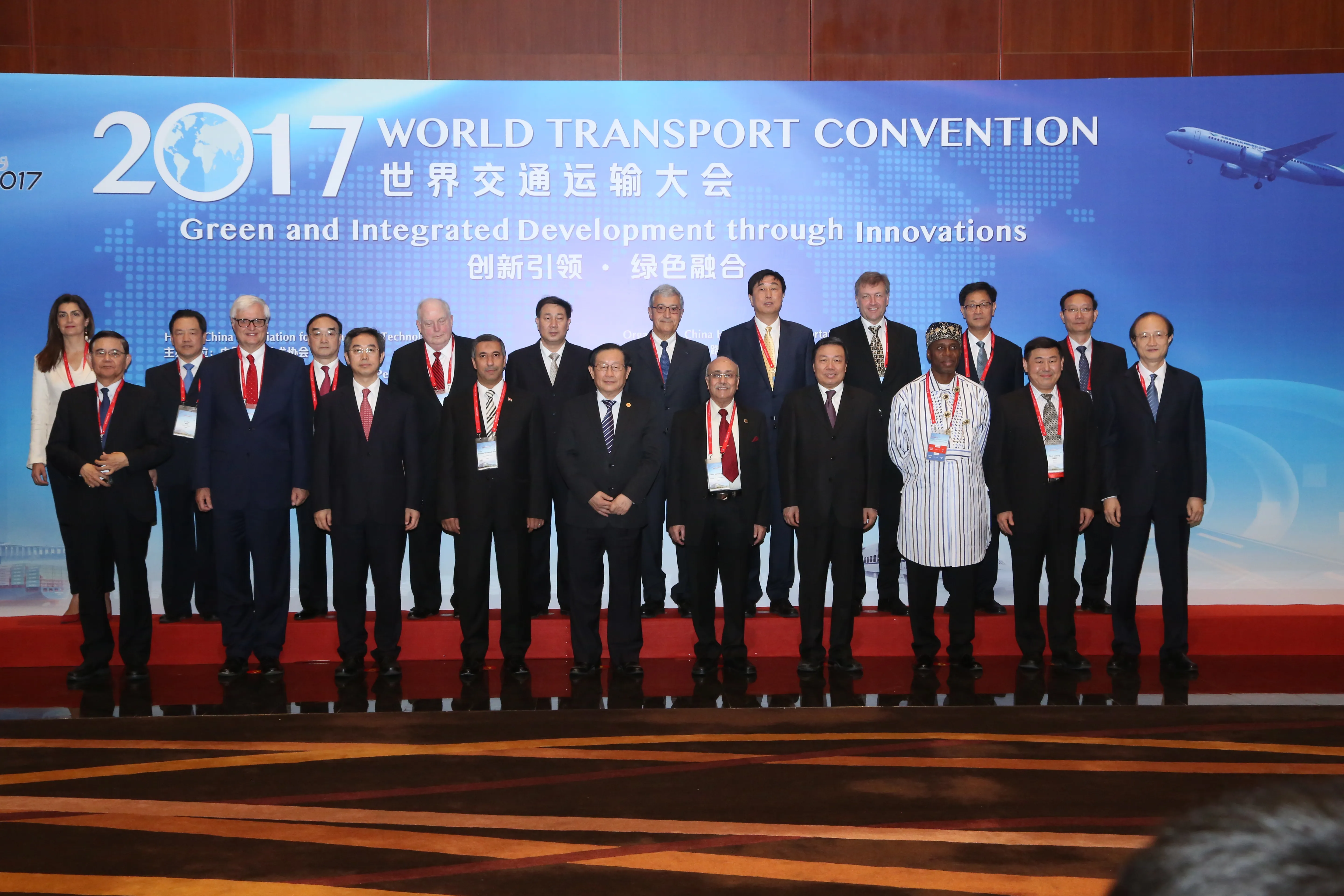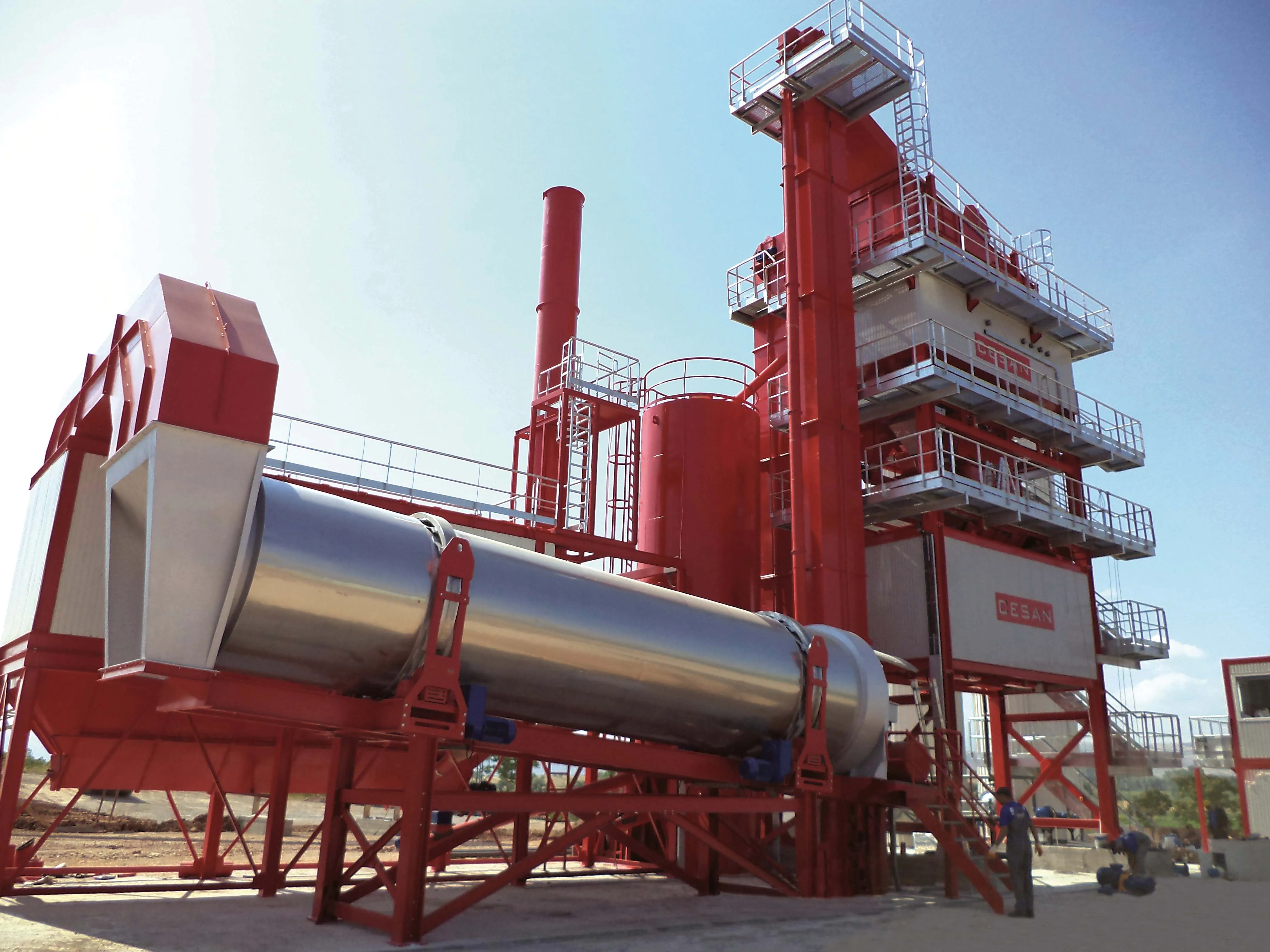The forthcoming 29th edition of Samoter, the Italy-based International Triennial earthmoving and building machinery exhibition, represents the perfect opportunity for Italian construction machine manufacturers to showcase their expertise to leading national and international industry figures.
The keenly awaited show taking place alongside Alsphaltica in Verona from 8-11 May 2014 could provide a huge boost to the tough domestic Italian construction machine sales market while, also, boosting vital export l
September 20, 2013
Read time: 3 mins
The forthcoming 29th edition of 323 Samoter, the Italy-based International Triennial earthmoving and building machinery exhibition, represents the perfect opportunity for Italian construction machine manufacturers to showcase their expertise to leading national and international industry figures.
The keenly awaited show taking place alongside Alsphaltica in Verona from 8-11 May 2014 could provide a huge boost to the tough domestic Italian construction machine sales market while, also, boosting vital export levels.
Data collected by CECE (the2440 Committee for European Construction Equipment) indicate that construction machine sales in Europe in the first four months of 2013 included a significant drop in all Mediterranean countries, including Italy which saw an 8% sales fall worth €744 million, while the situation was slightly better in the rest of the continent.
Such figures, and predictions for continued sales difficulties for Mediterranean-based machine manufacturers during the rest of 2013, make exhibitions such as Samoter so crucial.
Luciano Rizzi, area manager of AgriExpo & Technology Area at Veronafiere, said the global reach of Samoter, which at the 2011 event attracted 900 exhibitors (29% from 37 foreign countries), was a vital ingredient of its continued success.
“Despite the difficulties with approaching new markets, exports remain the only way of salvation for Italian companies in the sector,” said Rizzi. “Obviously, on emerging markets, competition has to be met from increasingly aggressive foreign companies capable year after year of offering more competitive products not only in terms of price but also as regards quality. Yet if we take a closer look at the opportunities on some of these markets, it is clear that today's market lies there.”
Rizzi said Brazil and other parts of South America, India, the Gulf countries, and Africa are vital geographical areas for Italian exports, with Veronafiere launching important initiatives in these countries - starting with the MS Africa & Middle East event scheduled for December 2014.
Despite a significant decline, Rizzi stressed that Western Europe is still the first market for Italian exports. It is followed by Asia, North America, Latin America, Africa and Oceania.
Of the domestic outlook for Italian construction machine sales, Rizzi said, “The country’s building recession is still to bottom out and it is only towards the middle of next year that a modest turnaround is expected. There is considerable expectation to see what the ‘Del Fare’ decree recently launched by the Government will actually achieve, and companies - at least those in the residential construction field - are hoping that confirmation of tax incentives for renovation will ensure breathing space for the market.”
Rizzi added that, at least in the short term, the go-ahead for Italian public works is unlikely. However, less stringent budgetary constraints at EU level are encouraging certain signs of hope across the peninsula.
According to a study conducted by2539 Unacea and Prometeia based on Istat data as of 31 May 2013, this year will see an Italian manufactured construction machine sales dip of 4.1% compared to 2012. The same study forecasts a further 1.8% sales fall in 2014. Sales are expected to show some growth in 2015.
The keenly awaited show taking place alongside Alsphaltica in Verona from 8-11 May 2014 could provide a huge boost to the tough domestic Italian construction machine sales market while, also, boosting vital export levels.
Data collected by CECE (the
Such figures, and predictions for continued sales difficulties for Mediterranean-based machine manufacturers during the rest of 2013, make exhibitions such as Samoter so crucial.
Luciano Rizzi, area manager of AgriExpo & Technology Area at Veronafiere, said the global reach of Samoter, which at the 2011 event attracted 900 exhibitors (29% from 37 foreign countries), was a vital ingredient of its continued success.
“Despite the difficulties with approaching new markets, exports remain the only way of salvation for Italian companies in the sector,” said Rizzi. “Obviously, on emerging markets, competition has to be met from increasingly aggressive foreign companies capable year after year of offering more competitive products not only in terms of price but also as regards quality. Yet if we take a closer look at the opportunities on some of these markets, it is clear that today's market lies there.”
Rizzi said Brazil and other parts of South America, India, the Gulf countries, and Africa are vital geographical areas for Italian exports, with Veronafiere launching important initiatives in these countries - starting with the MS Africa & Middle East event scheduled for December 2014.
Despite a significant decline, Rizzi stressed that Western Europe is still the first market for Italian exports. It is followed by Asia, North America, Latin America, Africa and Oceania.
Of the domestic outlook for Italian construction machine sales, Rizzi said, “The country’s building recession is still to bottom out and it is only towards the middle of next year that a modest turnaround is expected. There is considerable expectation to see what the ‘Del Fare’ decree recently launched by the Government will actually achieve, and companies - at least those in the residential construction field - are hoping that confirmation of tax incentives for renovation will ensure breathing space for the market.”
Rizzi added that, at least in the short term, the go-ahead for Italian public works is unlikely. However, less stringent budgetary constraints at EU level are encouraging certain signs of hope across the peninsula.
According to a study conducted by









